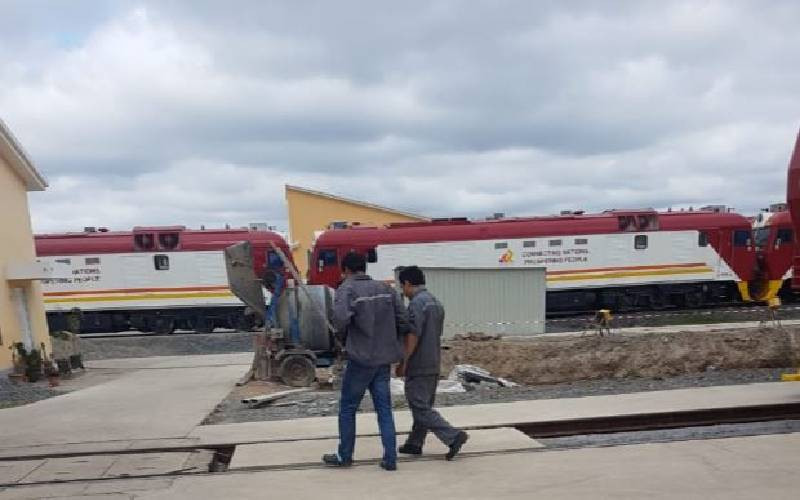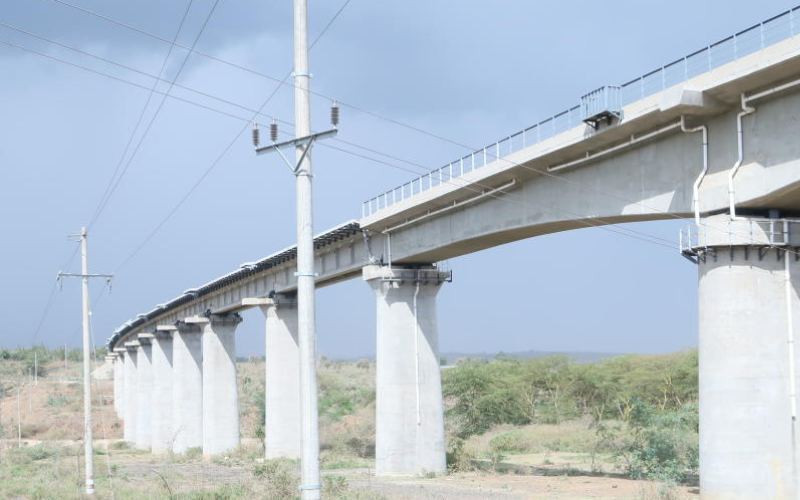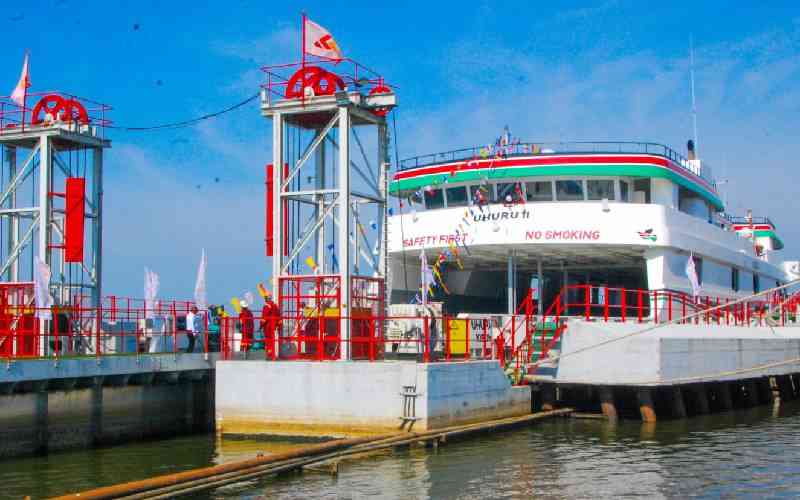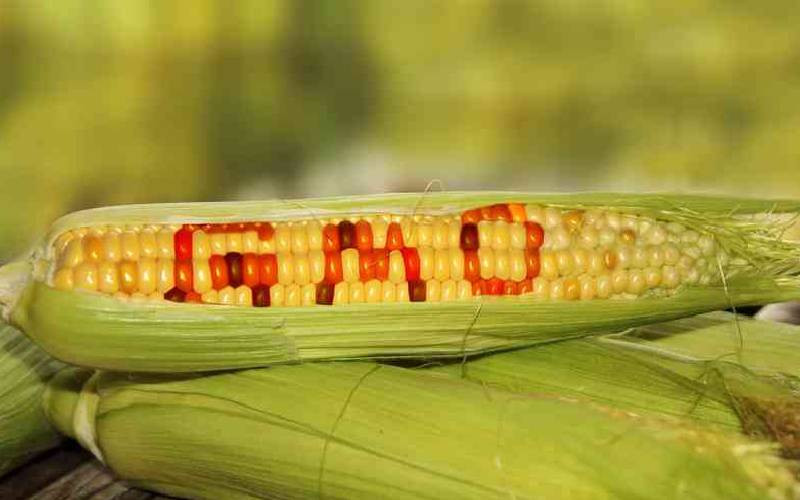By Paul Wafula
A ‘free’ feasibility study by China Roads and Bridges Corporation (CRBC) on the Standard Gauge Railway (SGR) proposed a Sh4,500 fare for passengers between Nairobi and Mombasa — about 10 times the current railway fare — for the project to be viable.
However, the proposal in 2011 was rejected by Kenya Railways Corporation with Nduva Muli, then the firm’s managing director terming the fare “unattainable”.
“The proposed tariff at $0.10 per person-km flat rate (Sh4,500 Nairobi–Mombasa is unattainable for now, particularly comparing it with current train and bus fares at Sh450 and Sh800 respectively. The position becomes worse when taxi fares from the proposed terminal stations at Changamwe and Embakasi to CBDs are included. In fact, the proposed passenger tariff is higher than airfare,” Muli said in his comments on the results of the feasibility study to the then Transport PS Cyrus Njiru.
Even at such astronomical fares, the CRBC study ruled out operating passenger trains at a profit.
“In order for the rail to compete with the road tariff, there will be need for additional infrastructure in the form of sidings to customer premises (factories and godowns), for which capital and operational costs should be provided,” Nduva said in the letter to Njiru.
Evidence elsewhere, including in the UK, shows that railway transport is largely run as a public service or is heavily subsidised by the taxpayer to remain afloat.
KR is yet to recommend a fare price that can attract passengers on the commuter trains and still enable the company to make a profit.
For instance, last year it halved fares on the Syokimau-Nairobi commuter train after its strategy to target the middle-class hit a snag.
But despite the fare cuts, some residents of Syokimau, Mlolongo, Athi River and Kitengela said the train’s schedule keeps them away. Another report tabled before the parliamentary committee said the new line would need to charge between four to six times the current road transport charges to be profitable or rely on massive States subsidies.
taxpayer subsidies
KR has, however, dismissed this argument, saying through cross-subsidisation — cargo trains subsidising passenger trains — the railway will be able to return a substantial margin to investment.
The cross-subsidisation argument also discounts details of a dossier presented to Parliament that said the project would need at least Sh18 billion in taxpayer subsidies every year to be profitable. The document titled “Separating Fact from Fiction on Standard Gauge Railway” said it would not be possible to remain afloat, repay the loan and meet its operating costs while returning a profit to the operator without taxpayer money.
“An examination of the current cost of moving a 20ft container by road or rail from Mombasa to Nairobi at $780 ($1,950 to Malaba) shows that to repay the debt, the SGR will need to charge six times the current road or rail rates even before counting a profit margin for the (presumably private) operator,” said the dossier.
The document is one of those being considered by Parliament as two committees settle to investigate allegations of financial impropriety that have rocked the project.
Stay informed. Subscribe to our newsletter
This price differential, it argues, is “premised on a very generous assumption that SGR will handle 40 per cent of all current cargo at the port — 23 million tonnes per annum — an extremely tall order given its need to recover costs.”
But Muli dismissed the report, maintaining that the cost of transport will go down by 60 per cent. Muli told The Standard that the new railway will not require any government subsidies to return a profit.
“Currently, it costs about $0.2 to transport one tonne per kilometre. After the new railway is done, this will come down to $0.08. This is the figure we have used in cash flows and loan repayments,” Muli said in an interview as he defended the contract.
 The Standard Group Plc is a
multi-media organization with investments in media platforms spanning newspaper
print operations, television, radio broadcasting, digital and online services. The
Standard Group is recognized as a leading multi-media house in Kenya with a key
influence in matters of national and international interest.
The Standard Group Plc is a
multi-media organization with investments in media platforms spanning newspaper
print operations, television, radio broadcasting, digital and online services. The
Standard Group is recognized as a leading multi-media house in Kenya with a key
influence in matters of national and international interest.
 The Standard Group Plc is a
multi-media organization with investments in media platforms spanning newspaper
print operations, television, radio broadcasting, digital and online services. The
Standard Group is recognized as a leading multi-media house in Kenya with a key
influence in matters of national and international interest.
The Standard Group Plc is a
multi-media organization with investments in media platforms spanning newspaper
print operations, television, radio broadcasting, digital and online services. The
Standard Group is recognized as a leading multi-media house in Kenya with a key
influence in matters of national and international interest.








